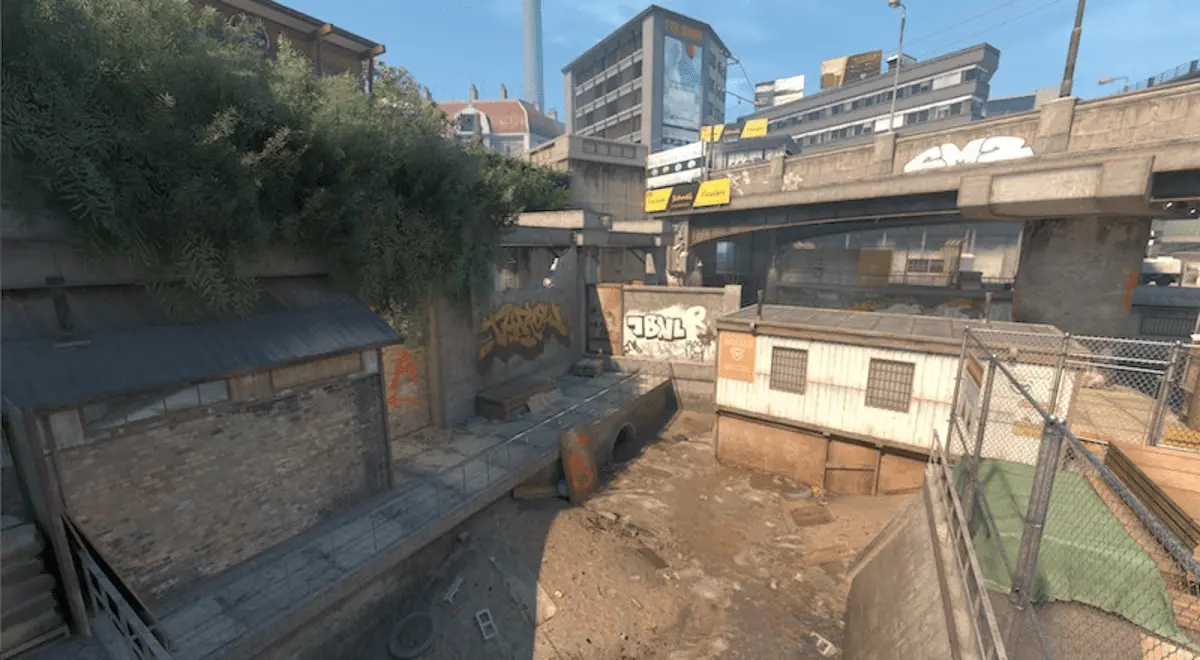BJY Trends
Stay updated with the latest trends and insights.
Navigate the CS2 Map Veto Maze: Strategies for Competitive Domination
Unlock your competitive edge in CS2! Discover essential map veto strategies to dominate the game and outsmart your opponents.
Essential Strategies for Mastering CS2 Map Veto in Competitive Play
In competitive play, mastering the CS2 map veto process is crucial for gaining a strategic advantage over your opponents. Understanding the nuances of each map and how they align with your team's strengths and weaknesses is the first step. Start by reviewing your team's performance on different maps, identifying which ones yield the best results for your playstyle. Create a comprehensive list of maps, categorizing them into strengths, weaknesses, and neutral territories to facilitate informed decision-making during the veto process.
Another vital strategy is to communicate effectively with your team during the veto phase. Encourage open dialogue about map preferences and leverage each player’s experiences to identify critical factors that affect overall performance. It’s beneficial to also study your opponents' previous veto patterns; this can provide valuable insights into their map preferences and potentially reveal exploitable weaknesses. By integrating these strategies into your CS2 map veto planning, your team can enhance its chances of success in competitive settings.

Counter-Strike is a popular tactical first-person shooter that emphasizes team-based gameplay and strategy. Players can engage in various game modes, and one popular aspect is the ability to use cs2 surf commands to enhance their movement and explore custom maps. With a dedicated community and continuous updates, Counter-Strike offers an engaging experience for both casual and competitive players.
The Ultimate Guide to Vetoing Maps: A Step-by-Step Approach
The concept of vetoing maps is crucial for managing resources effectively, especially in collaborative environments. This guide provides an organized, step-by-step approach to help you navigate through the complexities of this process. Begin by identifying the maps that require attention—these may include project roadmaps, strategic plans, or resource allocations. Assess how these maps align with your objectives and determine whether they need adjustments or a complete veto. This initial assessment will set the foundation for effective decision-making and ensure that your team's efforts are directed towards achieving common goals.
Once you have outlined the maps that will be vetoed, follow these steps to implement your decision:
- Gather input from stakeholders to ensure their perspectives are considered.
- Clearly communicate the reasons for vetoing the maps, focusing on the broader implications for the project.
- Establish alternative strategies or modifications to ensure that the objectives remain achievable.
- Monitor the outcomes of the veto and adjust the plan as necessary, maintaining open lines of communication with your team.
By following this systematic approach to vetoing maps, you can enhance productivity and foster collaboration within your organization.
Common Questions About CS2 Map Veto: Expert Answers for Competitive Gamers
In competitive gaming, map veto is a critical aspect that can determine the outcome of matches, especially in Counter-Strike 2 (CS2). Many players often have questions about how the map veto process works. To start, teams typically engage in a ban-pick format during the veto phase, where each side alternates in removing maps from the pool until a predetermined number of maps remain. This not only allows teams to eliminate maps they are uncomfortable with but also highlights their preferred maps, setting the stage for strategic gameplay.
Another common query revolves around the strategic implications of the map veto process. Teams must carefully assess the strengths and weaknesses of their opponents while considering their own capabilities. For instance, if one team has demonstrated exceptional performance on a map like Mirage, the opposing team might prioritize banning it to minimize risks. Understanding map dynamics, player strengths, and recent performance trends is vital during this phase to secure a competitive edge. The art of map veto is as much about psychology as it is about strategy, making it a fascinating aspect of CS2 competition.